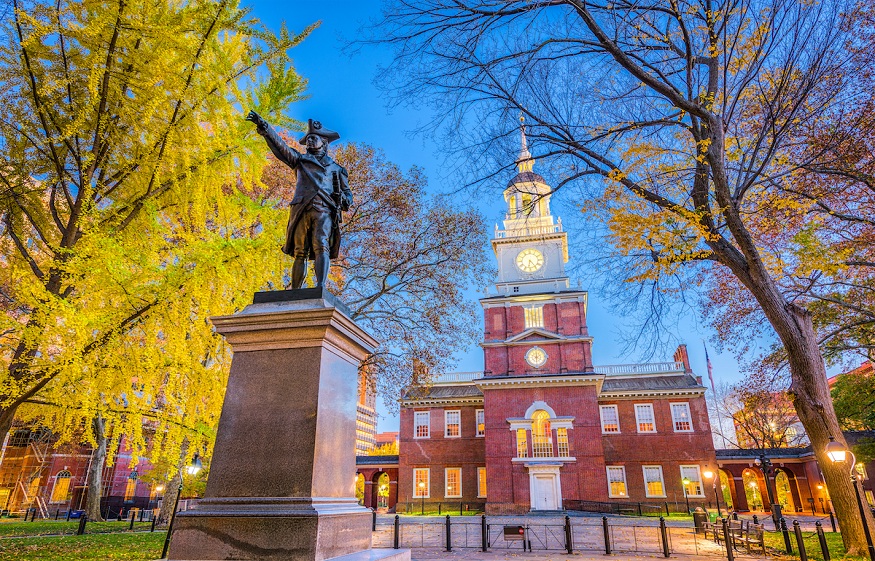Italy, Greece, and Egypt may be fan favorites when it comes to ancient ruins and long-buried landmarks, but there are plenty of notable historic sites in the United States as well. Thomas Dowson of Archeology Travel walks us through some of the most interesting of these places.
In 1784, as treasure seekers excavated the solidified ashes of Pompeii in Italy, Thomas Jefferson led a more systematic dig in the US state of Virginia. On a mound of earth known locally as the “Indian Tomb”, Jefferson used excavation techniques he himself devised to excavate the mound. Techniques that over time would be developed and become standard procedures in scientific field archaeology. It was the same Thomas Jefferson who was the third president of the United States and the principal author of the declaration of independence.
Why Jefferson, or rather his slaves, excavated this mound is a long story. But a very interesting one, the details of which can be found in a perfectly readable book by Jason Colavito, The Myth of the Mound Builder , published in 2020. What is important, however, is that Jefferson and the intellectual circles in which he moved in (he was also president of the American Philosophical Society) did not question that the mound of earth was a Native American burial site.
This mound is one of thousands of mounds across the United States. Unfortunately, many of them have long since been destroyed. Jefferson was right. There is no doubt that these mounds belong to Native Americans, their presence on the land, their traditions and their history. Despite the work of Jefferson and others after him, as well as what ethnographers have reported of Native Americans, some have still chosen to interpret these mounds as the
This is not unlike how some view the origins of the ancient pyramids in Egypt. There are influential writers and their followers who believe these iconic monuments were created by aliens with super building powers. These people are more comfortable with bizarre alien claims than they accept that Egyptians living a few thousand years ago could build the extraordinary pyramids we see today.
I find it somewhat ironic that one of the earliest examples of “scientific archaeology” at a Native American sacred site was done by slaves. Especially since the “evidence” they uncovered would be dismissed just as the civil rights of these slaves and their descendants were and would continue to be trampled upon; into the 20th and even into the 21st century.
These are the poignant and powerful themes of United States history that come up again and again. Themes that are of deep interest to any potential historical traveler: Native American heritage, slavery, the American Civil War, and the Civil Rights Movement.
The term “mound” is applied to a wide variety of historical sites in the eastern United States, ranging from 5,500 years ago to the 12th century. The mound that interested Jefferson, a typical burial mound, was round with a diameter of about XNUMX m and a height of about three or four meters. Some mounds took the form of an animal or a human or abstract symbol.
And then there are the platform mounds, which are huge compared to the others we just described. At archaeological sites in the United States such as the Cahokia Mountains National Historic Site in Illinois or the Etowah Indian Mounds Historic Site in Georgia, mounds have been placed at the heart of settlements.



